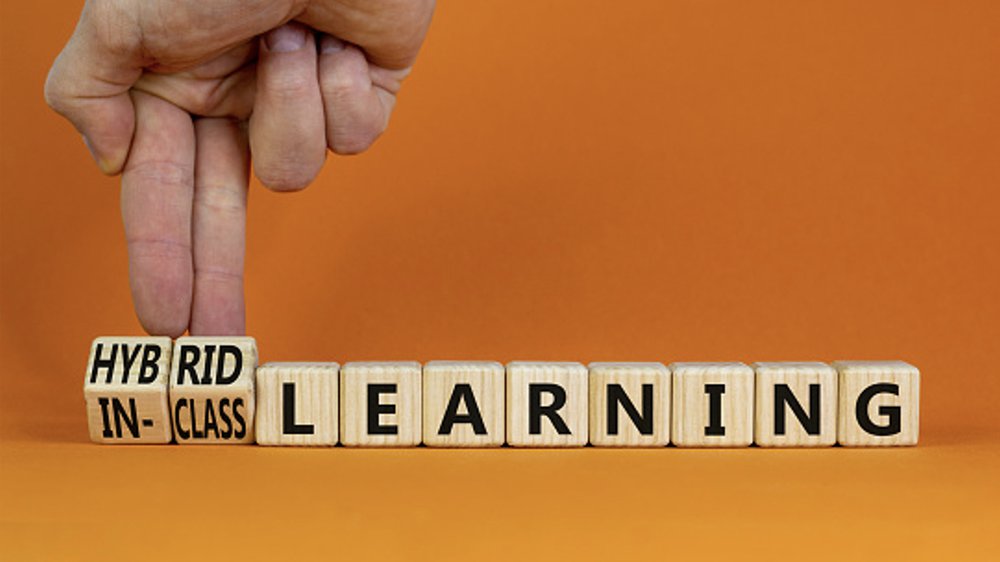One day students are there. The next, they’re not.
This is the year of constant school emails, texts, and calls detailing absences, COVID and quarantine rates, and school building closures. For educators, 2022 requires instructional flexibility on an epic scale.
Flexibility, and techniques for a manageable work schedule.
Teaching right now is challenging. Beyond the challenges of reaching students, teachers worry about getting sick, about covering each other’s classes and sub-shortages, about their own families and the massive juggling act they’re doing within the confines of their own homes. Along with the medical profession, everyone in schools, from administrators to custodians, are heroes. Dedicated citizens showing up and getting it done.
During this continuing pandemic period, we’ve been thinking about the value of time. It’s always limited. But its constraints are different this season. When it comes to time, let’s target two questions specifically:
- How do you teach efficiently?
- How do you teach well?
These are big questions but focusing on some high-level tips for lesson planning in this hybrid world will help make teaching more manageable.
Remember, you are finite.
There are only 24 hours in a day. 168 hours in a week. And one you.
Work is important. Teaching is important. But that importance is balanced against what you can physically accomplish in a given day.
Here are 5 Tips for Efficient Lesson Planning for Hybrid Learning
1. Design for the Online First (And Then Pause)
Even if you end up teaching face to face, design your lessons for online instruction.
School structure has changed frequently and often this school year. Many families have kept and will continue to keep their kids home. This is likely to continue in some form for years, possibly forever.
Design your lesson plans around the assumption that online learning is the norm. This will reduce the amount of work you need to do as a teacher.
Don’t create two tracks of instruction.
2. Use Your Online Lessons as the Base for Face-to-Face
When you structure your online classes well (more on that in the next post), you should be able to use your online lessons as a base, even when face to face.
The bonus of F2F: It’s easier to monitor and check for understanding.
Yet that bonus comes from being in proximity, not necessarily because of the instructional content, especially when students need to maintain social distancing.
3. Automate the HECK out of Your Lower Bloom’s Taxonomy
Computers and apps frequently do a sufficient job at meeting low-level Bloom’s learning.
Learning that relies on students to Remember & Understand is best offloaded to the machine.
A favorite of many teachers: flashcard apps and websites.
For best results, pick apps that are interoperable and work across a variety of platforms.
Quizlet is an educator favorite for embedding flashcards.
4. Don’t Recreate the Wheel
When searching for and evaluating resources to use in your online class, consider Open Education Resources (OERs).
OERs are licensed under the Creative Commons, allowing you to use them in your lesson design for free.
Places like OER Commons, CK-12, and CC Search provide rich resources for teachers.
(To learn more about OERs, check out our series of blog posts.)
5. Remember, We’re Creatures of Habit
Routines can be an excellent thing.
Why?
They require less working memory, especially when internalized.
Online routines and expectations help students spend more of their cognitive energies on learning.
Remember to set up daily routines for an online class that can be used in face-to-face classes.
What other tips would you recommend for teaching in this on again, off again world?
About the author
Zach Vander Veen has worn many hats in education, including history teacher, technology coach, administrator, and director of technology. He loves learning, teaching, traveling and seeking adventures with his family. Currently, Zach is the co-founder and VP of Development and Customer Success at Abre.io, an education management platform.











